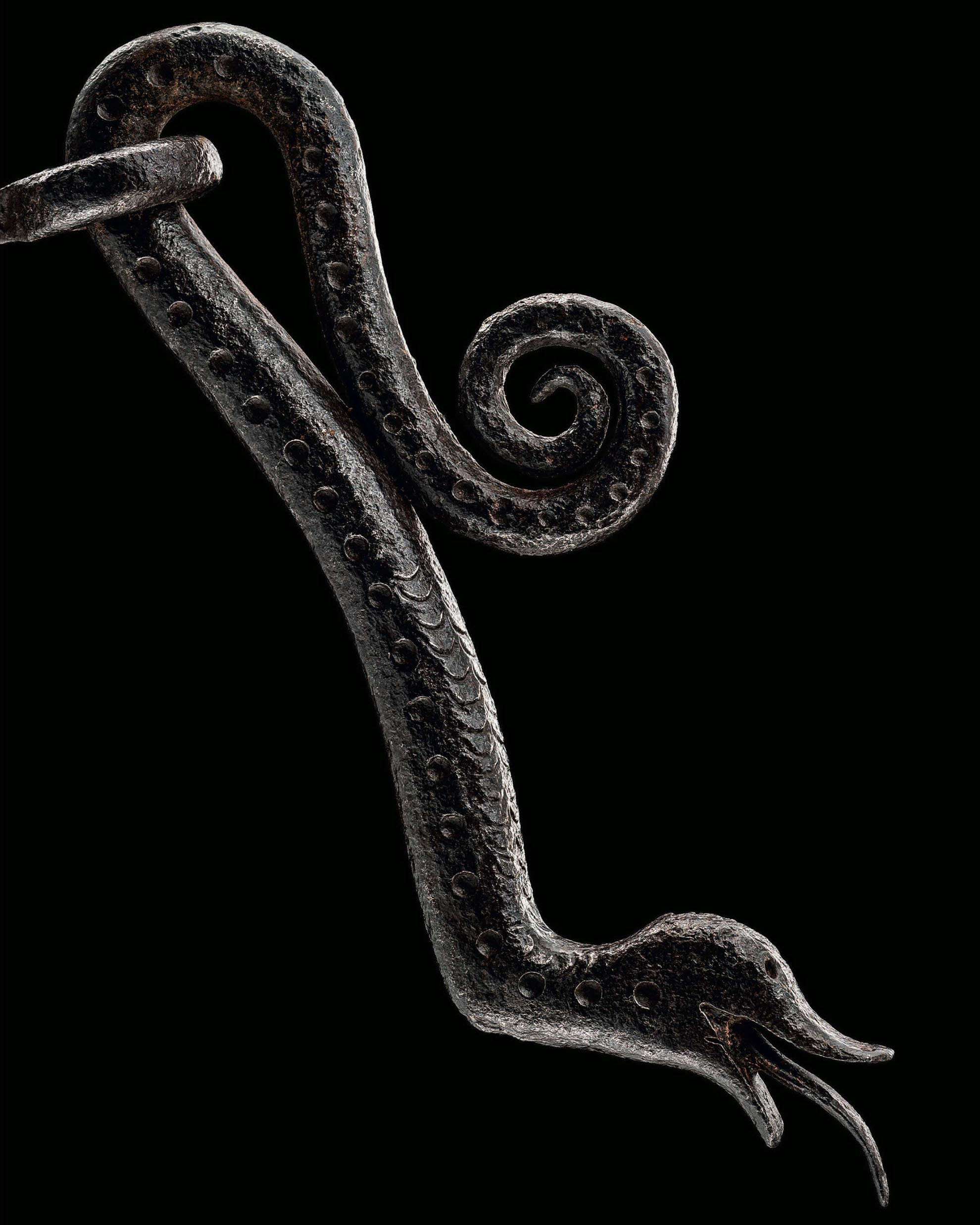
The Guardians of the Door
THE GUARDIANS OF THE DOOR
Carlo DonàWhen Harry Potter was first taken to the headmaster’s office in the school for wizardry, it was the doorknocker that told him where he was: “Harry saw a gleaming oak door ahead, with a brass knocker in the shape of a griffin.” Behind that griffin could be no one but Dumbledore. The origins of doorknockers are lost in the mists of history, but they have always marked a boundary: they welcome friends but also alert us to enemies, posing a question in physical form with their hinges, cousin to the larger hinges that may allow the door to swing open, or remain firmly shut. The doorknockers depicted on the pages that follow – limning serpents, dragons, dogs, lions – might have welcomed strangers seeking shelter, but their very shapes also sent a warning. Ferocious guardians of the threshold, they may now be nothing more than symbols, but they were originally designed to intimidate (at least a little); they might also be family emblems, the heraldic arms of the household that owned the palace or villa.






